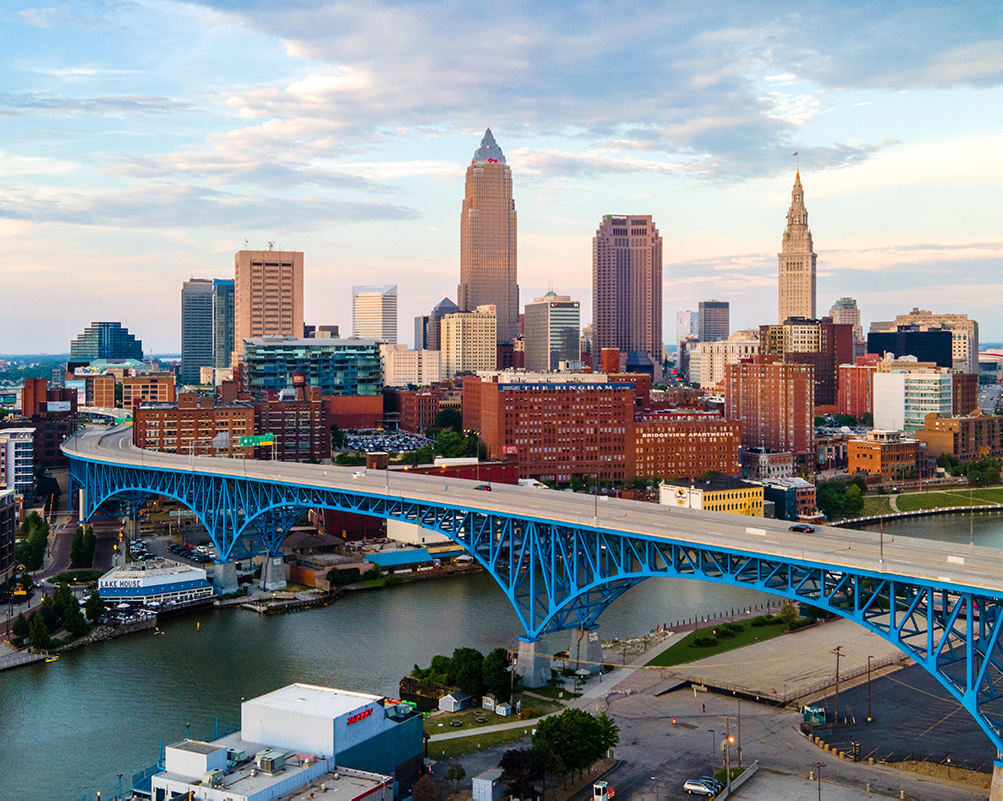Share This
Related Posts
Tags
Opportunity Zones
By Joel Nelson on Jul 29, 2021 in Matrix
Federal tax reform enacted in December 2017 reduced or eliminated capital gains taxes for investments directed toward multifamily, commercial and self storage real estate located in more than 8,700 low-income “opportunity zones.” This source of capital was expected to seed startups, accelerate business expansions, create jobs, improve housing options and revitalize built environments in areas where about 35 million Americans live.
A Yardi Matrix white paper published in 2019 noted that the zones initially appealed to “a new base of largely untapped investors” and offered value-add opportunities in “new markets that were thought to be too small or risky as investment strategies.”

Many policymakers touted opportunity zones as a way to create jobs and lift up underserved communities and minority-owned businesses. Critics assert that the program lacks transparency and mostly helps well-heeled investors and developers.
A year-and-half since investors joined the program in earnest (many waited until final Treasury Dept. regulations were released in December 2019), has the opportunity zone initiative fulfilled its promise? Expert opinion is split. The White House Council of Economic Advisors, for example, reported in October 2020 that the program had attracted $75 billion in new investments to distressed American communities, $52 billion of which wouldn’t otherwise have entered the zones, and increased private property values within the designated areas by 1.1%.
This infusion of capital represented “a powerful vehicle for bringing economic growth and job creation to the American communities that need them most,” holding the potential to “lift at least one million Americans out of poverty [and decrease] the poverty rate in opportunity zones by 11%,” U.S. Department of Housing and Urban Development official Denise Cleveland-Leggett said at the time.
Michael Novogradac, managing partner of Novogradac, a San Francisco-based professional services organization, says the program “has seen notable early success amid many challenges,” channeling equity capital to low-income neighborhoods alongside other tax incentives including the Low-Income Housing Tax Credit for affordable rental housing and the Historic Tax Credit aimed at rehabilitating historic buildings. “By those measures, it’s a success. As the opportunity zone incentive continues to mature, billions more in capital will be raised and invested in low-income communities across America.”
Critics claim misdirected investments
Other observers aren’t so sure. Researchers from the University of California, Irvine, for example, concluded in March 2021 that “there is a lack of clear evidence that the most prominent place-based policy – enterprise zones – have created jobs and raised incomes for the least-advantaged people in neighborhoods with high concentrations of low-income residents.”
Some advocates worry that opportunity zone investments accelerate gentrification, pricing low-income residents out of their own communities. Investments targeting luxury apartments, hotels and other market-rate real estate at the expense of affordable housing deals, businesses needing an equity partner and other community-centered investments attract additional criticism. Others note that the lack of formal information-gathering and reporting requirements makes measuring results difficult.
The majority of opportunity zone capital flows into real estate and not into operating businesses, critics say. Furthermore, the tax benefit requires investors to keep their money in the projects for at least 10 years — too long for many conventional investors seeking big returns and too short for most community-development projects.
“The incentives were intended to foster equitable development outcomes — such as by creating quality jobs, affordable housing, community-oriented amenities like grocery stores, and improved quality of life for low-income people,” according to the Urban Institute, a nonprofit that researches social and economic issues. Unfortunately, the program’s structure “makes it harder to develop projects with community benefit in places with greatest need. Our evidence suggests they need to be redesigned so government dollars are allocated effectively and help project sponsors achieve those outcomes.”
Multiple enhancements proposed
Many experts believe the program can live up to its potential with some adjustments. The Urban Institute, for one, advocates permitting the use of debt instruments instead of equity alone. Others suggest bolstering reporting requirements, extending the deadline to defer taxation on gains and obtaining U.S. Treasury Dept. clarification on various issues.
Other proposals under consideration include redesigning the incentive to favor small businesses; broadening the investor pool by reshaping the incentive as a refundable tax credit rather than a capital gains exclusion; encouraging equity investments in community development financial institutions that focus on low-income communities; and encouraging participation by community and philanthropic groups.
John Lettieri, president and CEO of the Economic Innovation Group, a Washington, D.C.-based advocate for entrepreneurship, sounds a cautiously optimistic note: “Given how early it is in this policy, it’s right to be optimistic, it’s right to be hopeful, it’s not right to be triumphant yet.”
Learn how Yardi Matrix helps real estate investors make informed investment decisions with a patented asset rating system and exclusive revenue and expense comp data.
